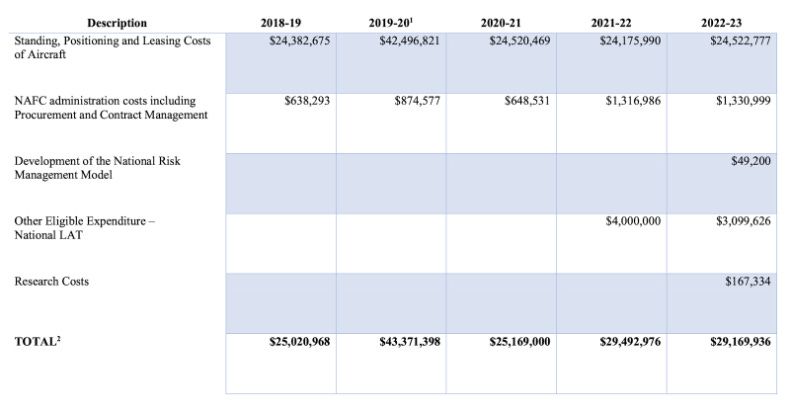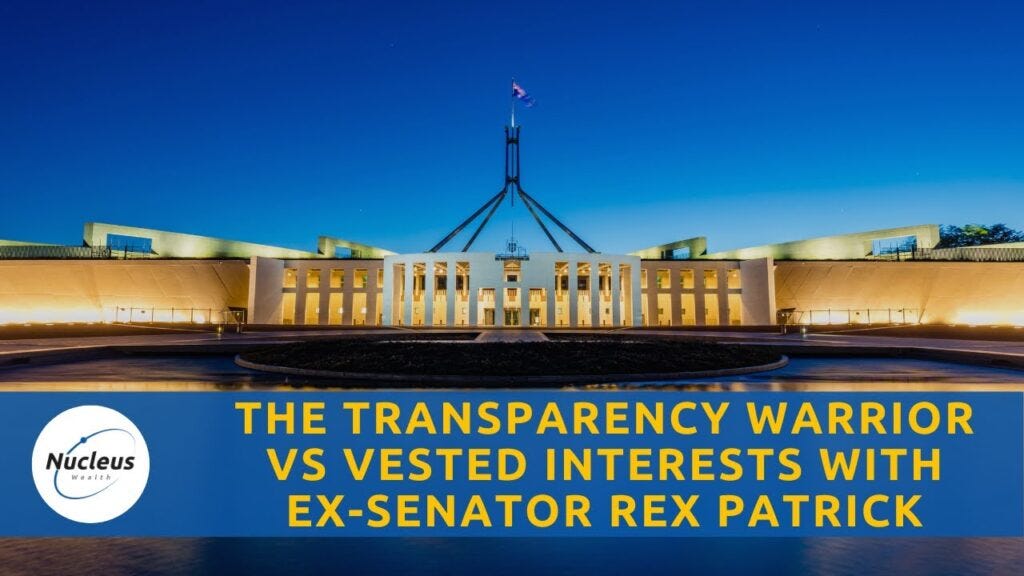No Money for Aerial Fire Fighting, Lots for Overseas Shipyards
By Rex Patrick: Michael West Media
Despite repeated urgings from experts, the Federal Government is refusing to establish a sovereign aerial firefighting capability. There’s plenty of AUKUS cash to invest in US and UK shipyards but nothing to keep Australian property and lives safe. Rex Patrick reports.
Another day, another FOI fight. Only after the National Emergency Management Agency (NEMA) was threatened with court action has it released its ‘Higher Risk Weather Seas National Preparedness Summit Report’.
In the Report is a strong and clear recommendation:
“Key takeaway: The establishment of a permanent sovereign fleet with [the] capability to cross-load and for use beyond aerial firefighting would augment Australia’s existing capabilities. Multi-use aircraft would broaden the current fleet’s capability and capacity. There are opportunities to explore the private sector as surge”
It’s Deja Vu for firefighters whose pleas were ignored by the Morrison Government, and now, it appears, by the Albanese Government.
https://michaelwest.com.au/albos-secret-hose-bureaucrats-block-bushfire-info-as-australia-braces-for-a-deadly-summer/
Past warnings
The fire season of 2019-20 began in September and lasted until March. By the time those terrible fires subsided, some 18.6 million hectares had been burnt, 34 lives had been lost in flames, and another 445 deaths had been caused by smoke. Economic losses were $103 billion.
There had been plenty of warnings. As the bushfire season approached, 23 former fire chiefs and scientists warned then Prime Minister Scott Morrison of the looming danger and urged him to boost the nation’s aerial firefighting capacity. Morrison couldn’t be bothered meeting with them.
As other experts issued stark warnings of above-normal fire potential for south-eastern Australia, the Commonwealth government sat on its hands.
Huge areas of New South Wales and Victoria were already engulfed with flames when Morrison went on a holiday to Hawaii.
He sought to defend his dereliction of duty with his infamous line: “I don’t hold a hose, mate, and I don’t sit in a control room.” He should have been sitting in a Cabinet room.
Granted, the Commonwealth did provide assistance, especially Defence Force capabilities, but that came much too late.
Royal Commission recommendations
In October 2020, the Bushfire Royal Commission recommended that the Commonwealth, state and territory governments develop an Australian-based and registered national aerial firefighting capability to be tasked according to the greatest national need.
The commission recommended that sovereign capability include large air tankers and type 1 helicopter capabilities with supporting infrastructure, as well as other surveillance, transport and logistic assets.
The Morrison government offered support in principle for most of the Royal Commission’s recommendations, but notably not for the proposal for a national aerial firefighting fleet. They said that it was a matter for the states and territories.
Current situation
Thanks to some sharp questions recently asked by Senator Jacqui Lambie, we have a pretty good picture of the current state of affairs with aerial firefighting capability.
We know that when the Royal Commissioner reported, the Government had 120 Australian registered aircraft on its books. This year it has 125. Unsurprisingly, it’s a similar pool of aircraft.
We have no Australian-owned very large or large air tankers other than the Marie Bashir 737 Large Air Tanker purchased in 2019 and owned by the New South Wales government (which is deployed to assist interstate if required). For the last two years, the government has leased a number of 737 large air tankers from overseas, through a local subsidiary, for $4 million and $3m respectively
Interestingly, the administrative budget has gone from $648,000 in 2020/21 to $1.33M in 2022/23, a doubling in the budget for the responsibility for a similar level of capability being administered.

NEMA Budget excerpt as provided to Jacqui Lambie.
Clear and present threat vs underwater pipedream
All it takes is a bit of warm weather, which we have a lot of, and a spark. That spark could be from lightning or human-made. We’ve seen a number of serious fires already this high-risk weather season.
Without a sovereign aerial firefighting capability, Australian lives and property are put at risk. And yet the Federal Government has not acted.
Prime Minister Anthony Albanese has managed to find $12B in taxpayers’ money to invest in a grandiose AUKUS submarine program to fulfil the wet dreams of our military brass, but he can’t find the much smaller amount needed to invest in a modest sovereign aerial firefighting capability.
REX PATRICK
Lambie, the Chair of the Senate Select Committee on Australia’s Disaster Resilience, is unimpressed.
“Bushfires raged in Queensland and Western Australia in the last few months of 2023, with many losing their homes and businesses, and in two tragic cases, their lives. In Tasmania, a community on the East Coast was cut off for 24 hours! The Royal Commission report was very clear, Australia needs a sovereign aerial fire service that is up to the job.”
She went on to say, “This government seems to be happy spending our taxpayer money on nuclear subs we won’t see for years, instead of finding the money to protect Australian lives and homes. Our sunburnt country is often burning, and scientists will tell you that it’s only going to get worse, we must be prepared for what is to come – anything less is a failure of leadership.”
https://michaelwest.com.au/join-our-team-aukus-foreign-expenditure-sinkhole-blows-out-to-12b-already/
Albanese’s hose
Lambie’s got it exactly right.
Scott Morrison notoriously said he didn’t hold a hose. Anthony Albanese can’t seem to find money to buy a new aerial hose. When the next big fire starts spreading, we’ll need that hose.
To paraphrase Mark Knopfler, “Money for nothing, ships for free.”
2023-24-Higher-Risk-Weather-Season-National-Preparedness-Summit-ReportDownload
Rex Patrick is a former Senator for South Australia and earlier a submariner in the armed forces. He is Australia's foremost Freedom of Information expert, best known as an anti-corruption and transparency crusader.






